stacer is a graphical garbage cleaning and system management tool. There are process management, startup item management, visual software installation and uninstallation. It is very friendly for novices who are not familiar with Linux commands.
Installation
apt-get install stacer
Colorful dashboard
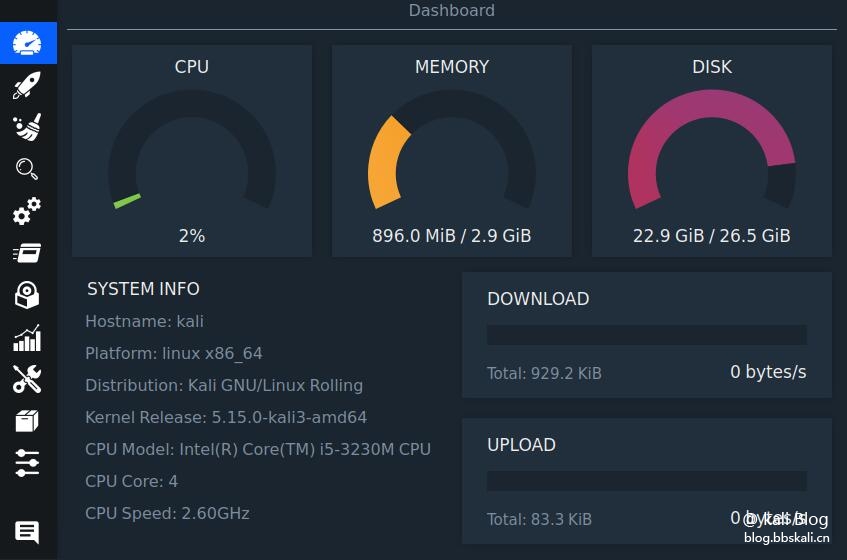
Visible garbage scanning
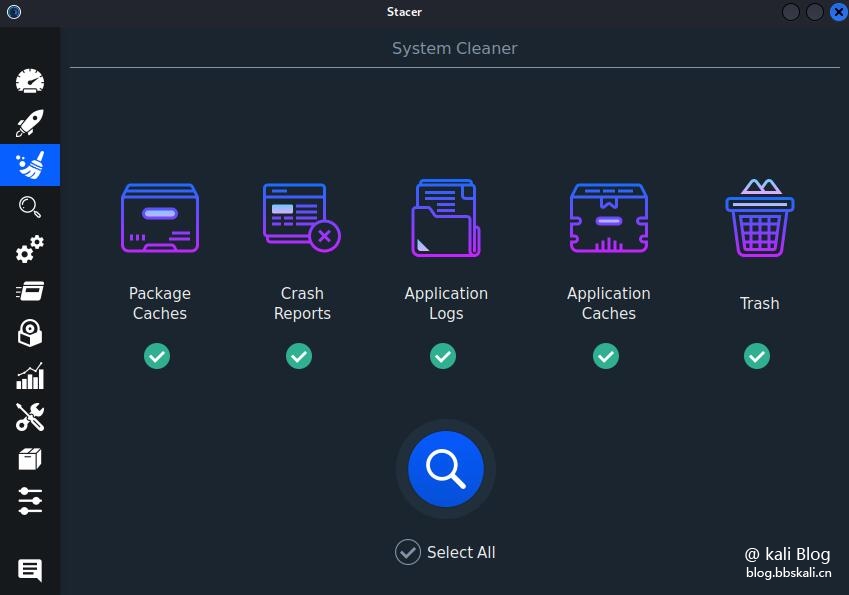
Process Management
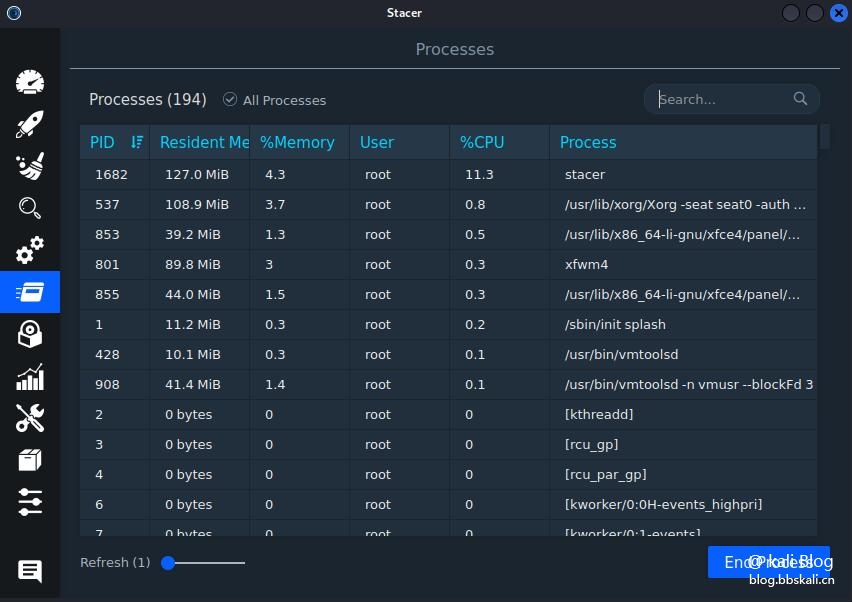
Start-up Management
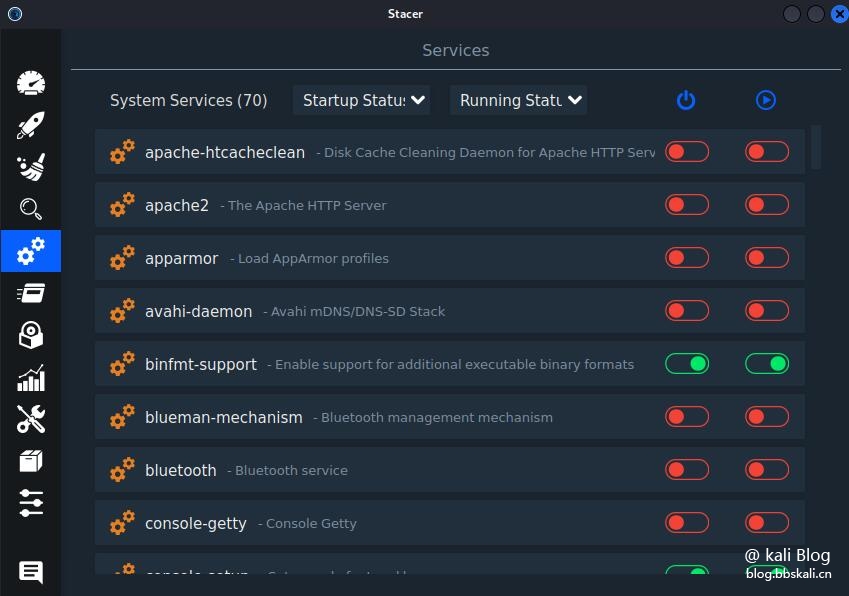
Visualization software uninstall
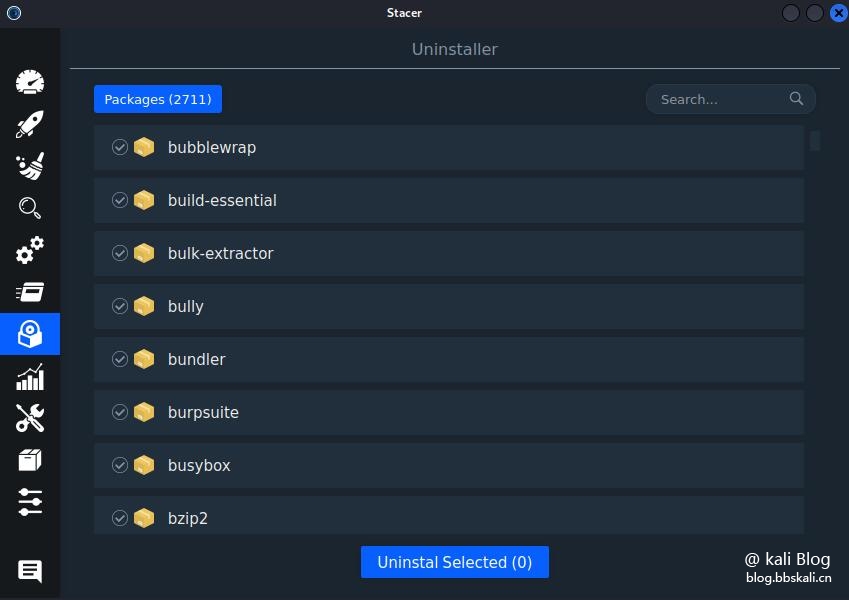
System source management
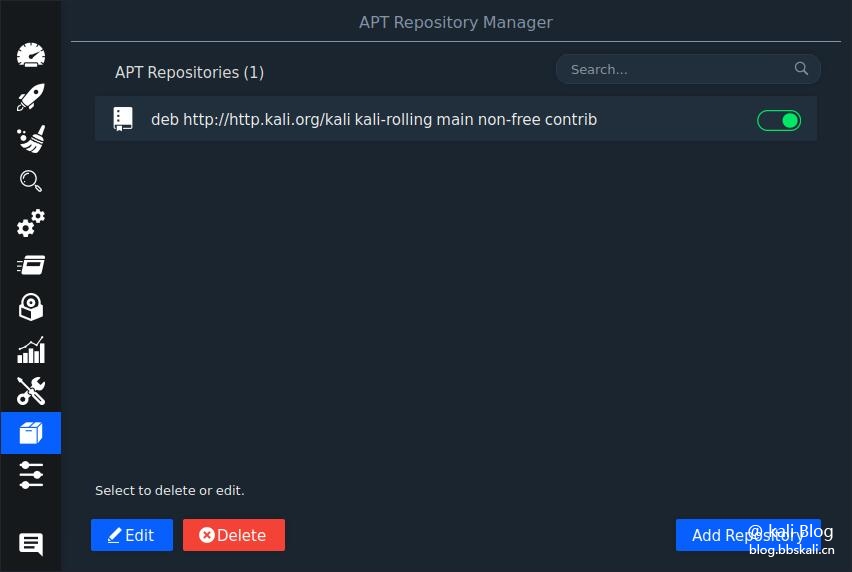
Use commands to clean up garbage
Uninstall the software
apt-get remove package-name
apt-get purge package-nameremove will delete the package, but will retain the configuration file. purge will delete both the package and the configuration file.
Find out which packages on the system have left the residual configuration files
dpkg --list | grep '^rc' 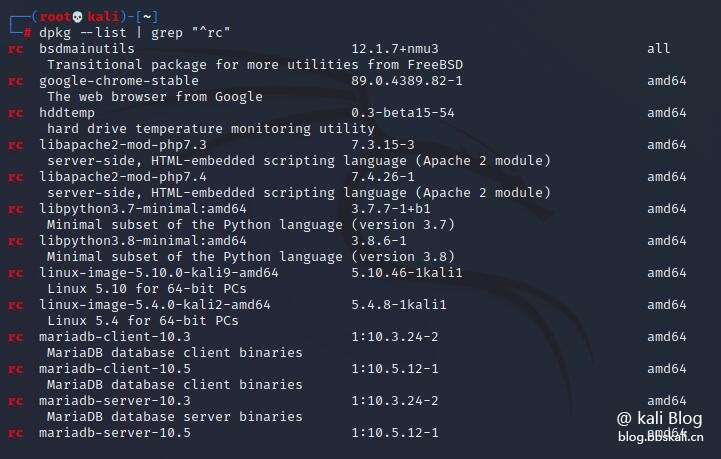
The rc in the first column means that the package has been deleted (Remove), but the configuration file (Config-file) is still there. Now extract the names of these packages.
dpkg --list | grep '^rc' | cut -d ' ' -f 3 Delete these packages
dpkg --list | grep '^rc' | cut -d ' ' -f 3 | xargs sudo dpkg --purge If you only want to delete the configuration file of a certain software package, you can use the following command
sudo dpkg --purge package-name
Delete useless deb software installation package
sudo apt-get clean
sudo apt-get autoclean
Delete orphan packages
Sometimes, when you install a software package with apt-get, other dependencies will be automatically installed. When you delete this package, these dependencies are useless. These useless dependency packages are called orphan software packages, which can be deleted using the following command
apt-get autoremove
Clean log files
The log file will become larger and larger, and we can use the ncdu tool to view large log files.
apt-get install ncdu
sudo ncdu /var/log 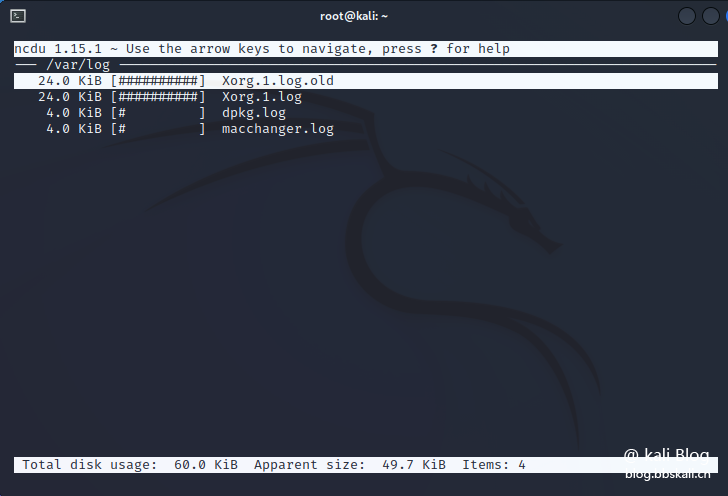
Of course, using ncdu tool can easily complete the inspection of large files.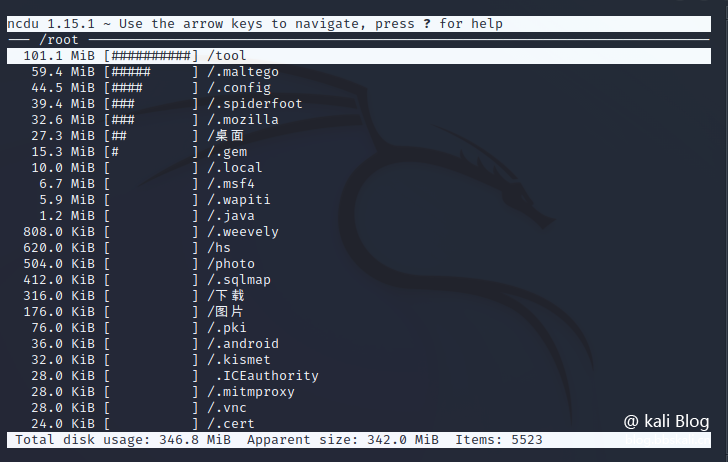





Recommended Comments